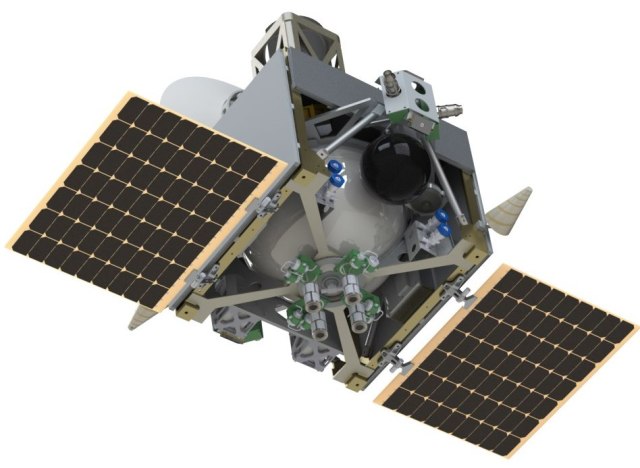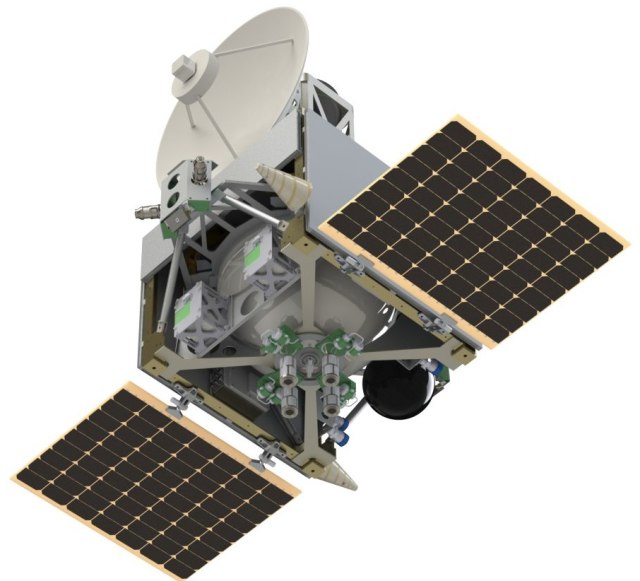Russian engineers-enthusiasts announced the completion of the design of the lunar microsatellite, which will be able to view the "Apollo" and "Lunar Rovers" on the surface of the natural satellite of the Earth. Funds for its development were collected through crowdfunding, and the device will be launched into space as a passing payload, according to the developers ' message received by the editorial office of N + 1.
The lunar microsatellite project was launched in 2015 on the initiative of the cosmonautics popularizer and blogger (as well as the author of N + 1) Vitaly Yegorov. Employees of Russian private companies, Roscosmos enterprises and research institutes are privately involved in its development, and the money to start the work was raised through crowdfunding. It is expected that the device will be able to conduct photo-exploration of the Moon landing sites of both manned spacecraft and automatic stations and lunar rovers, map areas of interest to planetary scientists with high detail, conduct observations within the framework of asteroid-comet safety, and test laser communication technology.
On June 9, 2021, the developers of the microsatellite announced the completion of the design of the device. Its mass should be about 50 kilograms, it will be equipped with a camera with a telescope that can see objects on the surface of the Moon up to 25 centimeters in size from a height of 50 kilometers. Such detail exceeds the capabilities of other orbiting lunar vehicles, such as the Lunar Reconnaissance Orbiter, and the authors hope that they will be able to consider the elements of the ships and the tracks of the astronauts ' tracks. For example, according to Vitaly Yegorov, it will be possible to distinguish (in the form of a single point) the bas-relief of Lenin, which was on the automatic station "Luna-17". The power supply of the microsatellite will be provided by folding solar panels, and four engines of the OKB "Torch"can act as a marching propulsion system. Data exchange with the Earth will be conducted through ground stations of the Russian Academy of Sciences, Roscosmos or institutes.

Image source: Peter Kudryashov
According to the authors, the total cost of development, production and testing of the device will be 750 million rubles. It is expected that the microsatellite will go into space as a passing payload with the help of a Soyuz-2, Soyuz-5 or Angara-A5 launch vehicle, and then independently enter a low circular circumlunar orbit, where it will work for 1-3 years. The developers hope to attract private investors and institutes of the Russian Academy of Sciences and Roscosmos to get the necessary funding.
The first private spacecraft sent to the Moon was the Israeli Bereshit, but it crashed during the moon landing in 2019 .
Alexander Voityuk

